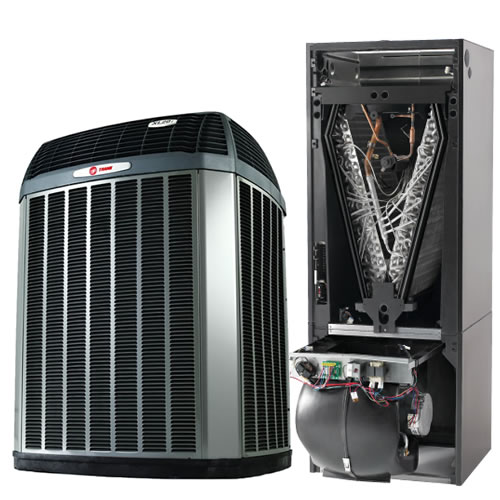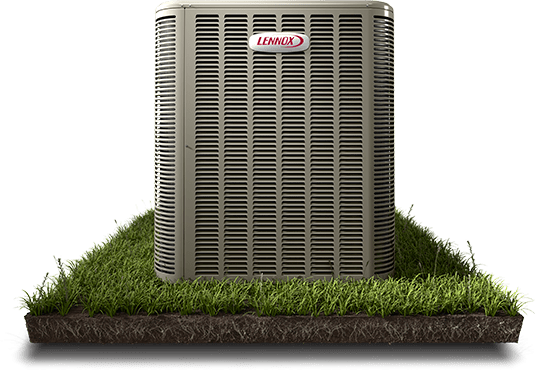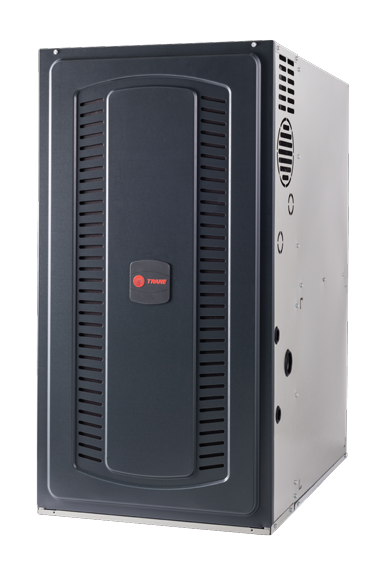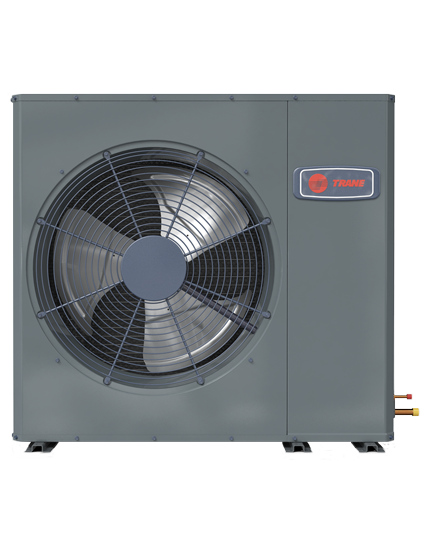
When the hot humid summers start, air conditioning is one of the foremost concerns on our minds. Although we love to be outside enjoying the weather, we spend most of our time indoors. A cool, comfortable, energy efficient space is a must. We offer both residential and commercial cooling solutions to fit your needs.
For most of us, our understanding of air conditioners is as simple as changing the temperature on thermostat.
Without over complicating things let's understand them better to help your buying decision.

After years of talking to clients about air conditioners. Many people simply believe the outside machine brings cold air inside the house. Well, what’s actually happening is the back and forth flow of hot and cold refrigerant. The outside unit called the condenser has a compressor inside. That compressor does what its name suggests. It compresses refrigerant causing it to get cold. This cold fluid moves inside to a cooling coil installed with your furnace or air handler creating a cold surface for air to pass over. The air passing over the coil is cooled and distributed through the ductwork by the blower in the furnace or air handler. Last but not least the refrigerant then warms up and moves back outside to the condenser which expels the excess heat via its own coil and fan, and the process repeats.
One of the biggest jobs an air conditioning system has to do is remove excess humidity from the air. If all your cooling system could do was remove humidity you would feel 50% more comfortable inside. Humid air holds heat, this is what causes us to feel warm and sticky. Humidity is removed by the condensation created by the indoor evaporator coil. The warm returned air moving over the coil creates condensation (water vapor). It drips off the coil and gets drained away. What remains is conditioned, dry cool air.
Well yes a bigger air conditioner can handle more cooling. However this doesn’t mean that a bigger air conditioner is the right answer. The fact of the matter is, for an air conditioning system to function properly, it must have time to do its job. When you oversize an air conditioner, it creates short cycling (short intermittent run cycles). Without a long enough run cycle a limited amount of air is flowing over the evaporator coil, hindering the removal of humidity in the air. This also causes rapid temperature swings, more energy consumption and constant restarting of the equipment that will wear out parts more quickly.
The same is inversely true for an undersized air conditioner if the cooling system isn’t large enough to handle the amount of air it needs to condition. The result is a system that never satisfices the thermostat and does not shut off or have any down time.
There is no one size fits all method for sizing an air conditioner. For a new installation a proper load calculation is the absolute best method. It factors in everything from the construction materials of your home, to windows, insulation and design temperature for your area. When replacing and air conditioner, if your existing unit was correctly sized from the beginning, it can be as simple as replacing the old unit with a new unit of the same size. Having a professional HVAC contractor on site will guide you with what size air conditioner to purchase.
Manufacturers offer many different models with different efficiencies and features. Sometimes they offer different series with the same efficiency ratings but each series has a different set of features that may be of benefit for different building scenarios.
It’s confusing, we know! We will try to simplify things so it makes more sense. Buying a new air conditioner should be relevant to our climate here in Southern Ontario. Let’s look at different model types, what features they offer and where they fit.
Single stage:
A single stage air conditioner has always been the industry standard. It means the compressor in the condenser runs at only one speed. Simply put it gives the evaporator coil maximum cooling. For Southern Ontario climates where cooling loads are low to moderate and short lived compared to a year around hot climate, a single stage AC is a perfectly adequate compressor to use.
Benefits:
Cons:
Two Stage:
Two stage compressors are more advanced. Think of these compressors as having two gears, a high gear setting and a low gear setting. The unit will try and operate in the lower gear whenever it's possible. It’s trying to reduce hydro consumption and allow the system to maintain temperature and humidity levels better with longer run cycles, where maximum output may satisfy the thermostat too quickly.
The argument against these units is generally the additional cost associated with them and more complicated installation factors. Southern Ontario summers are relatively short lived reducing any possible ROI from the increased efficiency. These units should be considered an investment in home comfort first and energy savings second.
Pros:
Cons:
Variable Speed:
Variable speed compressors are the most advanced type of compressor available. These units have the ability to modulate their output from 40% to 100% capacity. It does this in as little as 1% increments. They reach the highest efficiency ratings when paired with the matching indoor unit and they always try to operate in the lowest setting possible.
Although variable speed compressors are the most efficient and advanced type of air conditioners, these units are the least likely unit we would recommend. The reason is a very high price tag, a very specific and complicated installation, high cost to repair and unproven durability. These units are better suited for climates requiring 365 days a year cooling. In our climate you are simply investing in maximum home comfort above all else with these units.
Pros:
Cons:
Commercial Rooftop Units
We supply and install rooftop air conditioners, packaged units and heat pump units. We offer new installations, replacements and maintenance packages. Please contact us for more information and to book a site visit at 1-800-925-7868
Check out our gas furnace resources to learn more about furnace models and best solutions for your household heating system.


Designed with limited space in mind, the XR16 Low Profile home air conditioner will meet the needs of difficult-to-install or tight space required homes such as zero lot line, condos, or under decks.
Copyright 2025 Imperial Energy | All Rights Reserved
Powered by Imperial Energy